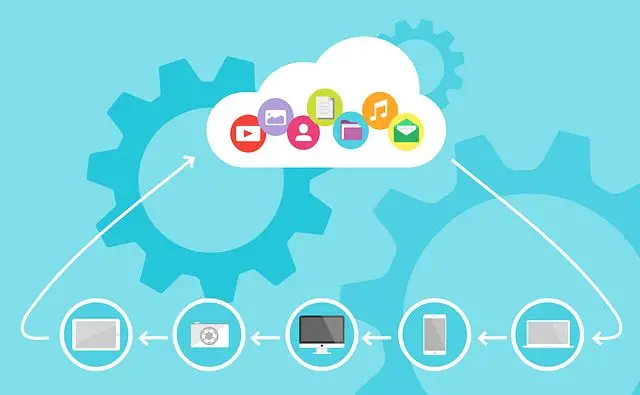
Cloud storage has been around for 20+ years, but it’s only recently that it has taken off for businesses as they consider how to scale their business whilst keeping costs down. Storing and transferring your important files on a cloud-based solution dwarfs the capabilities of local storage, but why exactly?
In this business owners guide, we outline the top 5 benefits of cloud storage and why it’s important for companies whether they’re an international juggernaut or a small business serving the local area.
What are the advantages of cloud storage for businesses?
Cloud storage comes in different forms and many different packages, therefore, you’ll need to understand the fundamental benefits cloud storage presents businesses before embarking on a cloud computing venture.
1) Unrivalled security
Cloud storage providers are constantly innovating on ways to improve security and reduce the risk of cybercriminals gaining access to their virtual servers causing data loss and data breaches.
Some of the ways cloud storage providers (such as Microsoft Azure) keep security at the forefront can be:
- Built-in firewalls
- Two-factor authentication
- Regular security updates
To find out more about security within cloud computing, we’ve created an in-depth security guide as to how it can benefit businesses.
2) Scalability
Being able to scale your business and IT operations up or down is a must-have ability in today’s digital landscape. Cloud scalability in the cloud storage world refers to the ability to increase or decrease IT resources as needed to meet different levels of demand.
Scalability is one of cloud storage’s best advantages and its capabilities are being utilised by some of the UK’s most versatile and adaptable organisations. The best thing about this feature is that you can control your costs in relation to how much storage you use.
3) Remote working
With remote and hybrid working becoming the norm across thousands of businesses in the UK, owners, directors and key decision-makers need to consider how that impacts staff productivity and collaboration further down the line.
Migrating to a cloud-based storage solution such as Microsoft Azure, can increase the collaborativeness and productivity of your staff as they can create, transfer and share files without a local storage server.
4) Backup your files
If you’ve ever lost or corrupted a hard drive, you’re familiar with the stress it can cause, especially if for your employees – not only do you have to get it replaced, but your data might be gone forever.
That’s where cloud storage comes in.
Keeping your data backed up to the cloud is the only way you can make sure it stays safe and easily accessible. Even better for businesses, cloud storage providers that keep multiple versions of your files stored in the cloud are the best suited for disaster recovery.
5) Cost-effective
If your current IT costs are too expensive for comfort, cloud storage can save you valuable budgets which you can allocate towards other areas of the business. As cloud storage is typically ‘pay-for-what-you-use’, you only spend money on what you actually need.
As the virtual server isn’t stored on your premises (saving precious environmental resources), you can dramatically reduce the operational cost of managing and maintaining your IT systems. Whether this be scaling down on wages or the need for constant upgrades, your business can take the advantage of reduced costs in its stride.
Why is cloud storage so popular? – Summary
Business owners and key stakeholders should seriously consider switching their outdated, physical local storage systems to a highly agile and adaptable solution like the cloud. When moving across to a cloud storage provider, your company will experience a positive shift in a range of ways.
The strengths cloud storage provides can include:
- Keeping your data and files secure
- Scale your storage up or down
- Increased employee productivity whilst remotely working
- Extremely difficult to lose files
- Reduced costs compared to a local storage system








